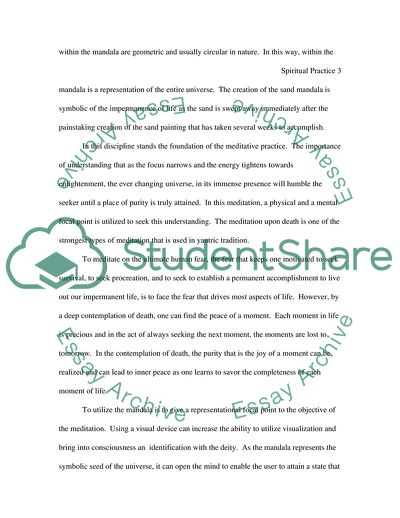Cite this document
(Spiritual Practice and Meditation: Thoughts on Origins and Forms Case Study, n.d.)
Spiritual Practice and Meditation: Thoughts on Origins and Forms Case Study. Retrieved from https://studentshare.org/philosophy/1719151-yoga-and-healing
Spiritual Practice and Meditation: Thoughts on Origins and Forms Case Study. Retrieved from https://studentshare.org/philosophy/1719151-yoga-and-healing
(Spiritual Practice and Meditation: Thoughts on Origins and Forms Case Study)
Spiritual Practice and Meditation: Thoughts on Origins and Forms Case Study. https://studentshare.org/philosophy/1719151-yoga-and-healing.
Spiritual Practice and Meditation: Thoughts on Origins and Forms Case Study. https://studentshare.org/philosophy/1719151-yoga-and-healing.
“Spiritual Practice and Meditation: Thoughts on Origins and Forms Case Study”. https://studentshare.org/philosophy/1719151-yoga-and-healing.


